I’m just stating this for fun. If you are doing any challenges, I’d love to hear what you’re reading too. For 2026, I will aim for 120 books again for the Goodreads challenge number. If the library does a challenge this year, I’ll do that. I’m also doing the Read Harder Challenge and two StoryGraph ones.
For the Read Harder Challenge for 2026, below are the categories and my intended books:
A Gentle Madness: Bibliophiles, Bibliomanes, and the Eternal Passion for Books by Nicholas A. Basbanes - a micro-history
Liquid: A Love Story by Mariam Rahmani - a book featured on a “best book covers” list
Burn Baby Burn by Meg Medina - a YA book by a Latine author
Lakelore by Anna-Marie McLemore - a novel with a main character who uses they/them pronouns
The Deviant's War: The Homosexual Vs. the United States of America by Eric Cervini - a nonfiction book about resistance
The Bewitching by Silvia Moreno-Garcia - a gothic novel published in the last ten years
Fair Play: How Sports Shape the Gender Debates by Katie Barnes - a sports book by a woman, trans, or nonbinary writer
The Parable of the Sower by Octavia Butler - a classic from the Zero to Well-Read Podcast
Small Miracles by Olivia Atwater - a romantasy book with a queer and/or BIPOC main character
People We Meet on Vacation by Emily Henry - a book recently adapted for film, TV, or musical
Give Me a Sign by Anna Sortino - a book by a d/Deaf author
New Native Kitchen by Freddie Bitsoie - try a recipe from a cookbook about a culture whose food you’ve never eaten
My Lesbian Experience with Loneliness by Kabi Nagata, translated by Jocelyne Alleni - a nonfiction comic
A Love Song for Ricki Wilde by Tia Williams - a work of magical realism or fabulism
That Librarian: The Fight Against Book Banning in America by Amanda Jones - a book by a librarian
Kapaemahu by Hinaleimoana Wong-Kalu and others - a queer picture book
Cultish: The Language of Fanaticism by Amanda Montell - a book about a cult or cults
The AI Mirror: How to Reclaim Our Humanity in An Age of Machine Thinking by Shannon Vallor - a nonfiction book about AI or social media
Sorrowland by Rivers Solomon - a book by an intersex author
Murder by Memory by Olivia Waite - a book set in space
Frankenstein in Baghdad by Ahmed Saadawi and translated by Jonathan Wright - a genre (SFF, horror, mystery, romance) book in translation
Catch Me If You Can by Frank W. Abagnale - a nonviolent true crime book
Purple Hibiscus: A Novel by Chimamanda Ngozi Adichie - a book by an African author
We Computers: A Ghazal Novel by Hamid Ismailov and translated by Shelly Fairweather-Vega - Pick a challenge from any of the previous years’ challenges to repeat! (a historical fiction book set in an Eastern country from 2023).
Here are the books for StoryGraph’s Reads the World Challenge:
The Widow’s Husband by Tamsin Ansary - Afghanistan
A Girl in Exile by Ismail Kadare - Albania
A Short Tale of Shame by Angel Igor and translated by Angela Rodel - Bulgaria
Hair Everywhere by Tea Tulić and translated by Coral Petkovich - Croatia
The French Resistance by Olivier Wieviork and translated by Jane Marie Todd - France
The President’s Gardens by Muhsin Al-Ramli - Iraq
For Bread Alone by Mohamed Choukri and translated by Paul Bowles - Morocco
Djeliya by Juni Ba - Senegal
Beartown by Fredrik Backman and translated by Neil Smith - Sweden
The Lotus Flower by Love Dunn and Pintip Dunn - Thailand
And here the StoryGraph Genre Challenge:
The Book of Gaza: A City in Short Fiction edited by Atef Abu Saif - a short story collection in translation
An indigenous Peoples’ History of the United States by Roxanne Dunbar-Ortiz - a nonfiction book about indigenous history
A Lady for a Duke - Alexis Hall - a queer historical romance novel
Crime and Punishment by Fyodor Dostoevsky - a translated classic
Sia Martinez and the Moonlit Beginning of Everything by Raquel Vasquez Gilliland - a young adult novel by a Latinx author
James Baldwin by Magdalena J. Zaborowsko - a biography about a Black historical figure
The Shadow of the Wind by Carlos Ruiz Zafán and translated by Lucia Graves - a crime novel set outside of the US, UK, or Canada
Justice: What’s the Right Thing to Do by Michael J. Sandel - a nonfiction book about philosophy
TBD - a literary or contemporary debut published in 2026
Scythe by Neil Shusterman - the first book in a fantasy series
 Libby and Zo form a connection over the fence as new neighbors in rural Tennessee, but they couldn’t be more different from each other. Libby’s from a fundamentalist Christian family with its patriarchal tyrant, her “caring” father who punishes her because he “loves” her. Zo’s family is the polar opposite because her parents actually do care about their kids. Zo is gender-fluid and her (I feel like she uses she/her in the book, though it’s possible I’m projecting) parents are very liberal, especially her father, who recommends she stay away from Libby because of her family. He says it’s only going to lead to trouble. Zo chooses to keep the friendship.
Libby and Zo form a connection over the fence as new neighbors in rural Tennessee, but they couldn’t be more different from each other. Libby’s from a fundamentalist Christian family with its patriarchal tyrant, her “caring” father who punishes her because he “loves” her. Zo’s family is the polar opposite because her parents actually do care about their kids. Zo is gender-fluid and her (I feel like she uses she/her in the book, though it’s possible I’m projecting) parents are very liberal, especially her father, who recommends she stay away from Libby because of her family. He says it’s only going to lead to trouble. Zo chooses to keep the friendship.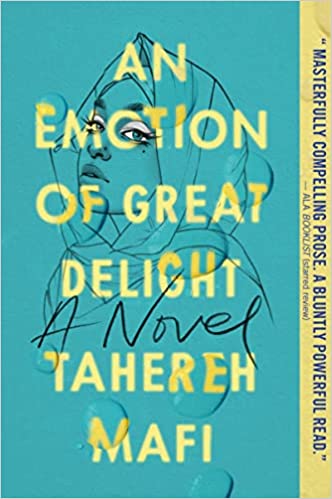 Setup
Setup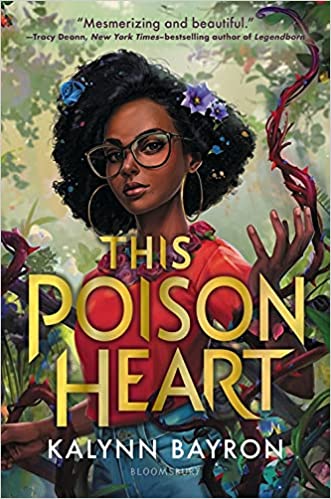 I read this book so fast. Some of you know how I’ve been in a terrible reading slump for over two years and how it’s generally taking me weeks to finish a single book (though I am always reading several at once, but it’s still slowed way down, to what feels like a crawl). So when I say I read this book fast, I mean 7 days, which is a near record for me lately. This was definitely a “couldn’t put it down” book several nights.
I read this book so fast. Some of you know how I’ve been in a terrible reading slump for over two years and how it’s generally taking me weeks to finish a single book (though I am always reading several at once, but it’s still slowed way down, to what feels like a crawl). So when I say I read this book fast, I mean 7 days, which is a near record for me lately. This was definitely a “couldn’t put it down” book several nights.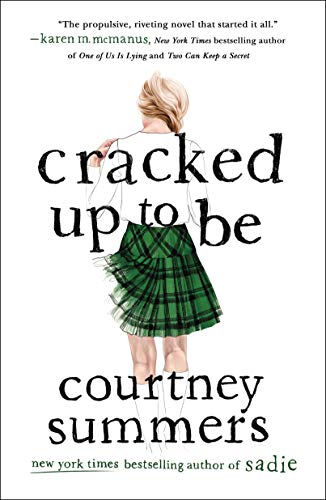 When the book opens, we meet Parker, who’s not doing well and has to see the guidance counselor, which she is not happy about. (Who ever is happy about seeing a high school guidance counselor, actually?) But Parker’s a mess—she’s at a private school and her uniform as grungy and she’s got the wrong shoes, and she failed to brush her hair. Blah blah.
When the book opens, we meet Parker, who’s not doing well and has to see the guidance counselor, which she is not happy about. (Who ever is happy about seeing a high school guidance counselor, actually?) But Parker’s a mess—she’s at a private school and her uniform as grungy and she’s got the wrong shoes, and she failed to brush her hair. Blah blah.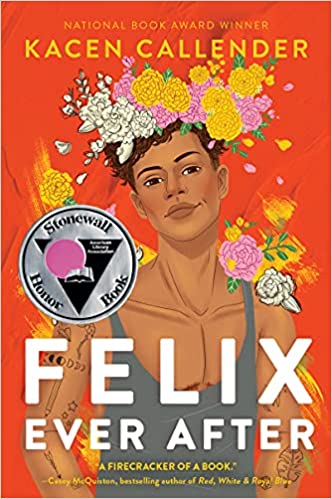
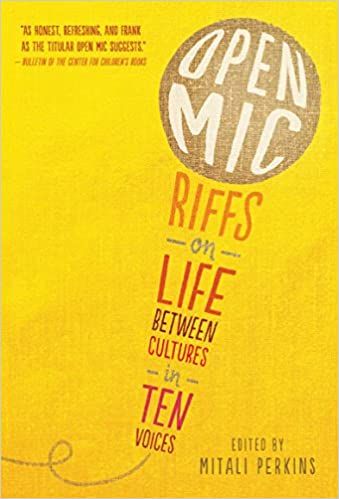 This slim volume of short stories/short memoirs by a variety of ethnically diverse authors is pretty entertaining. Most of the stories are by immigrants or children of immigrants (who have come to the US), with at least one is by a Black American (possibly more—I’m not certain). The goal of the book was to tell stories of people who exist in more than one culture, like so many people do, but with humor. I’ll say it definitely succeeds and I really enjoyed it, even though it wasn’t quite to the level of ROFL (I say that mostly so you don't have unreasonable expectations).
This slim volume of short stories/short memoirs by a variety of ethnically diverse authors is pretty entertaining. Most of the stories are by immigrants or children of immigrants (who have come to the US), with at least one is by a Black American (possibly more—I’m not certain). The goal of the book was to tell stories of people who exist in more than one culture, like so many people do, but with humor. I’ll say it definitely succeeds and I really enjoyed it, even though it wasn’t quite to the level of ROFL (I say that mostly so you don't have unreasonable expectations).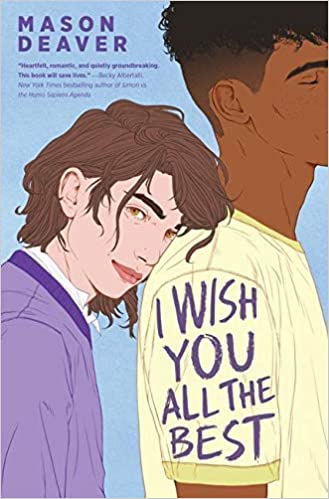 This is one of the first books about a nonbinary teenager I’ve read. I’m definitely on the lookout for more books like this, too. But this one was good, even though it was heartbreaking to watch the character struggle so much with coming out.
This is one of the first books about a nonbinary teenager I’ve read. I’m definitely on the lookout for more books like this, too. But this one was good, even though it was heartbreaking to watch the character struggle so much with coming out.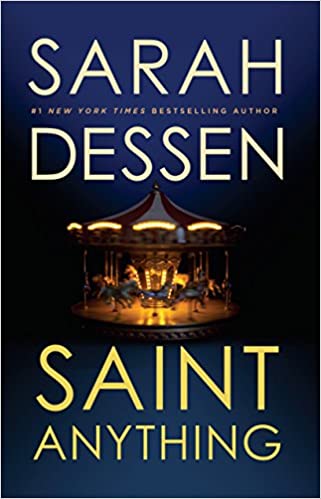 The premise of Saint Anything is that Sydney, a well-behaved teenager who lives in the shadow of her gregarious brother with his oversized personality, has her life upended when that very brother gets himself thrown into prison. Her parents, especially her mom, fixate on supporting the brother and making his prison stay as cushy as possible. But Sydney is torn up by the event that landed her brother in jail—a teen boy riding home on his bike late one night getting hit by Sydney’s drunk-driving brother. The teen survives, but he’s going to be in a wheelchair for the rest of his life. Sydney’s mom doesn’t seem to care at all about the kid, even going so far as to blame him for being out so late at his age.
The premise of Saint Anything is that Sydney, a well-behaved teenager who lives in the shadow of her gregarious brother with his oversized personality, has her life upended when that very brother gets himself thrown into prison. Her parents, especially her mom, fixate on supporting the brother and making his prison stay as cushy as possible. But Sydney is torn up by the event that landed her brother in jail—a teen boy riding home on his bike late one night getting hit by Sydney’s drunk-driving brother. The teen survives, but he’s going to be in a wheelchair for the rest of his life. Sydney’s mom doesn’t seem to care at all about the kid, even going so far as to blame him for being out so late at his age.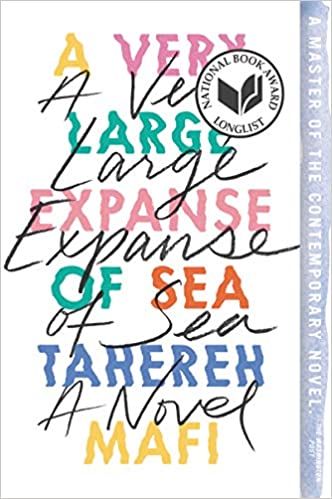 So I’m going to say up front that I loved this book. I wasn’t sure what to expect—I’d seen the Mafi’s dystopian Shatter Me series, but never read it since I mostly read contemporary. But I picked this book out because the setting right after 9/11 with a Muslim main character seemed interesting and I wanted to learn more about the actual experience of Muslim kids at that time, especially anyone wearing such an obvious outward marker as the hijab she wears. I obviously knew things would be bad for her, but I wasn’t sure how bad, or how that would turn into a novel plot.
So I’m going to say up front that I loved this book. I wasn’t sure what to expect—I’d seen the Mafi’s dystopian Shatter Me series, but never read it since I mostly read contemporary. But I picked this book out because the setting right after 9/11 with a Muslim main character seemed interesting and I wanted to learn more about the actual experience of Muslim kids at that time, especially anyone wearing such an obvious outward marker as the hijab she wears. I obviously knew things would be bad for her, but I wasn’t sure how bad, or how that would turn into a novel plot.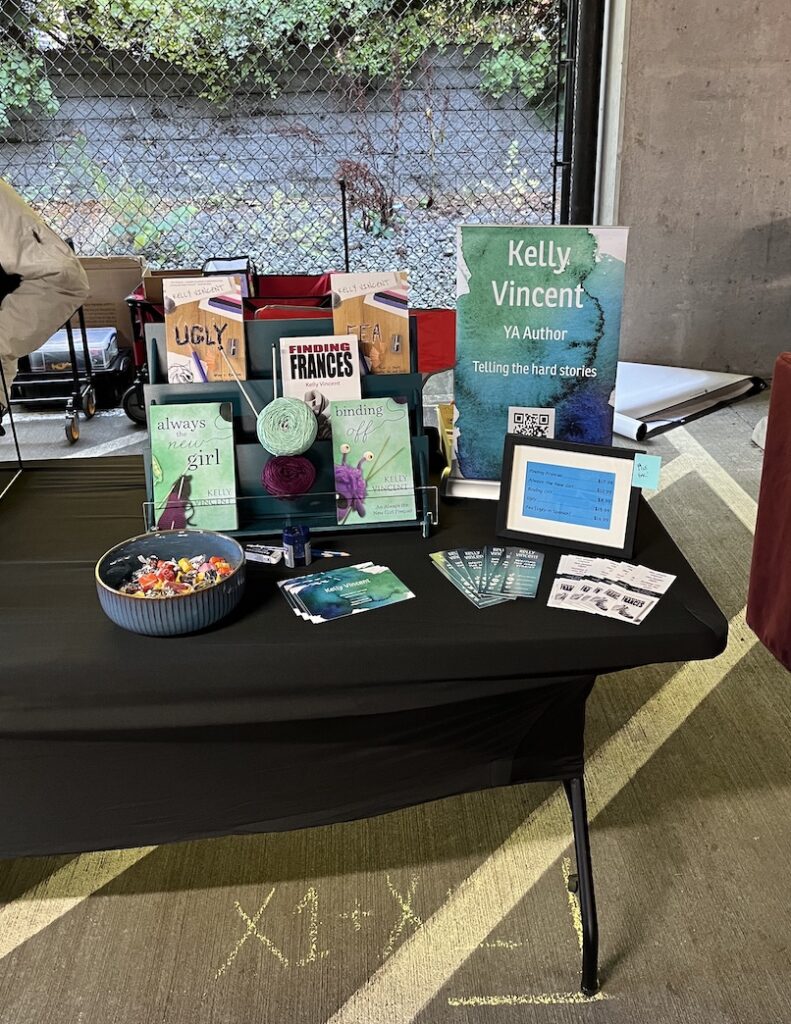
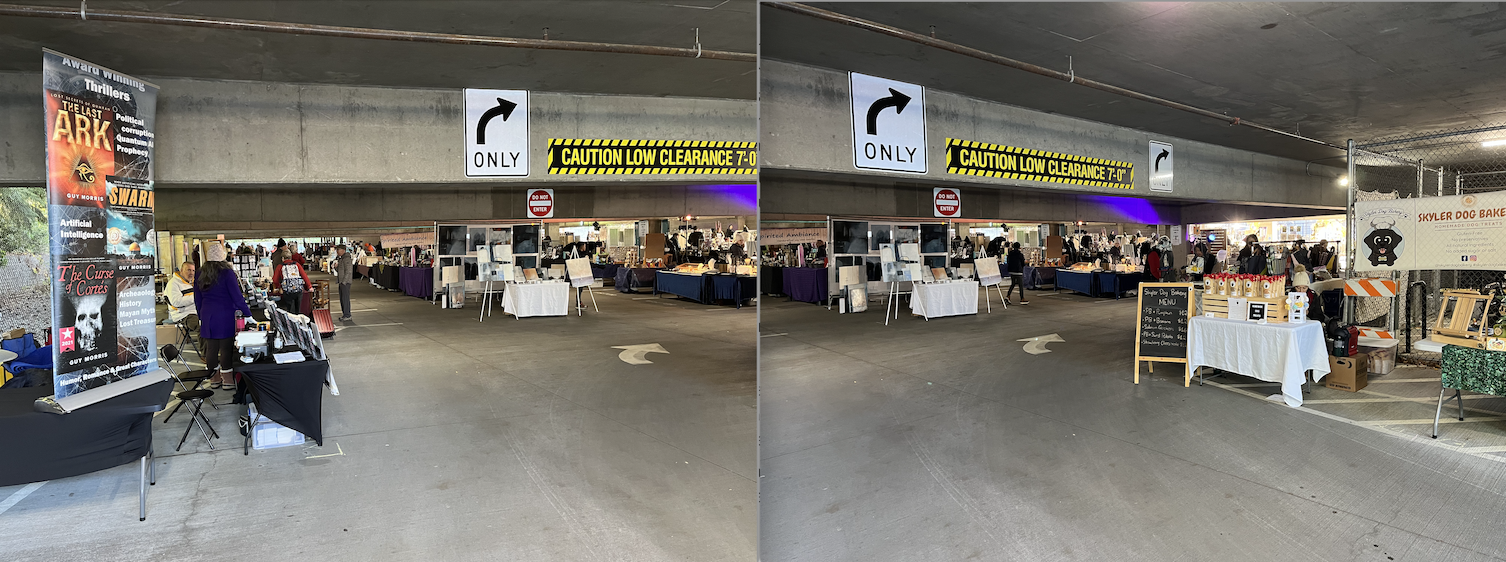
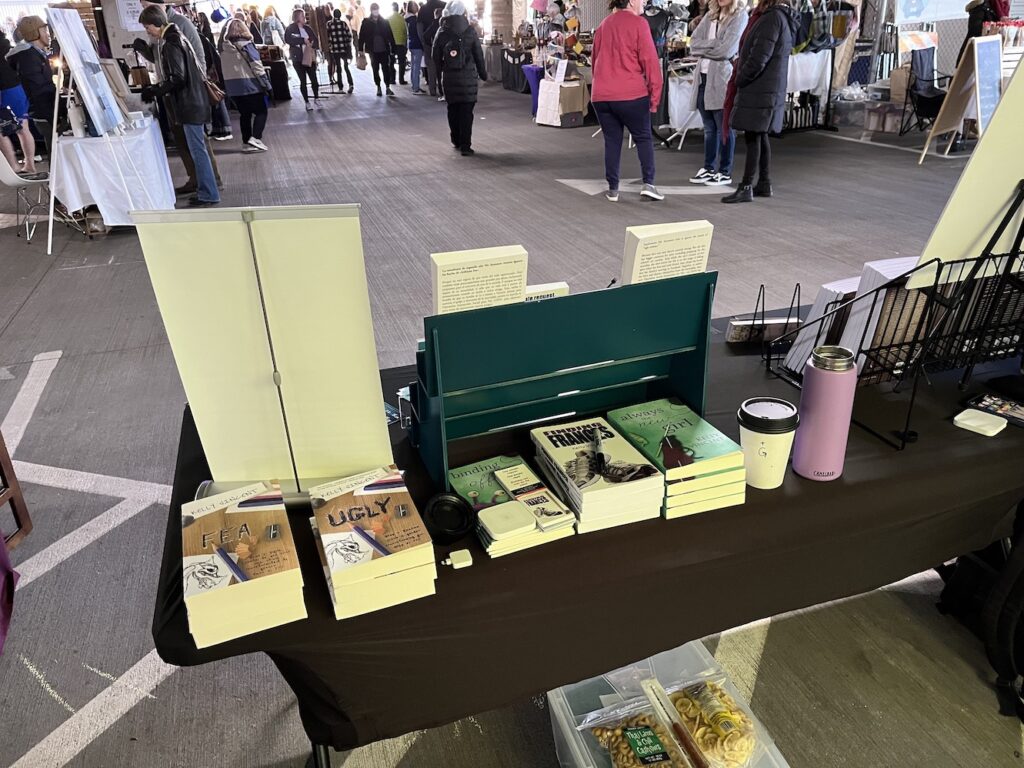

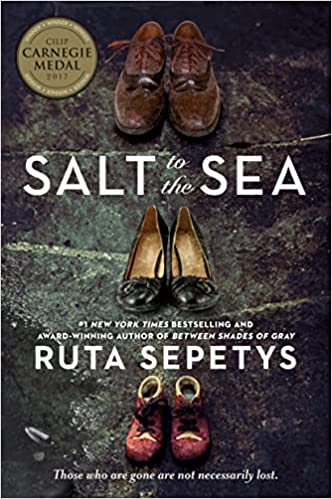 Setup
Setup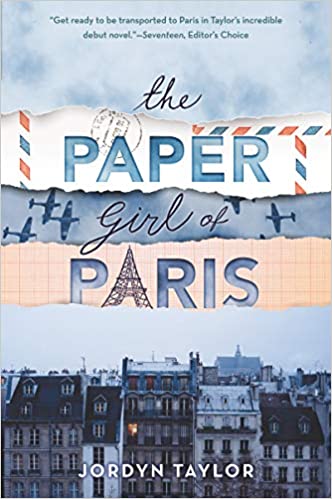 I haven’t been a big reader of historical fiction, even though when I do read it, I usually enjoy it. But I recently read another one I really liked, so I picked up a couple when I went to Barnes and Noble recently.
I haven’t been a big reader of historical fiction, even though when I do read it, I usually enjoy it. But I recently read another one I really liked, so I picked up a couple when I went to Barnes and Noble recently.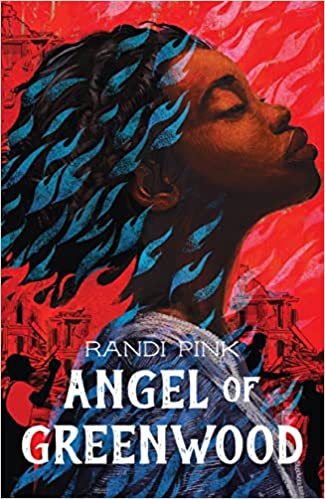 As soon as I knew this book existed, I bought it. It’s set amidst the Tulsa Race Massacre. I have a special interest in that event because I grew up in Tulsa and knew nothing about it until about five years ago. It blows my mind that this is something that was “forgotten.” It makes me so mad, but it fits right in with all the Republicans who are insisting that the unsavory parts of our history shouldn’t be taught in school because it might make some little white kids feel guilty. A little guilt never hurt anyone, and it would make it easier for them to understand their privilege. I think this is actually quite important.
As soon as I knew this book existed, I bought it. It’s set amidst the Tulsa Race Massacre. I have a special interest in that event because I grew up in Tulsa and knew nothing about it until about five years ago. It blows my mind that this is something that was “forgotten.” It makes me so mad, but it fits right in with all the Republicans who are insisting that the unsavory parts of our history shouldn’t be taught in school because it might make some little white kids feel guilty. A little guilt never hurt anyone, and it would make it easier for them to understand their privilege. I think this is actually quite important.